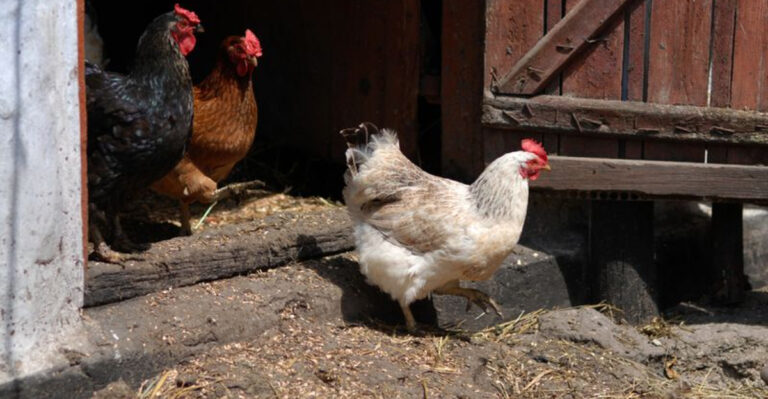What Do Eagles Eat? 13 Wild Meals That Fuel Their Strength

Eagles stand as nature’s supreme aerial hunters, with powerful talons and keen eyesight that can spot prey from remarkable distances.
These magnificent birds have diverse diets that vary between species and habitats, from mountains to coastlines. Understanding what eagles eat reveals much about their hunting prowess and their crucial role in maintaining balance within their ecosystems.
1. Small Mammals – Furry Forest Fare
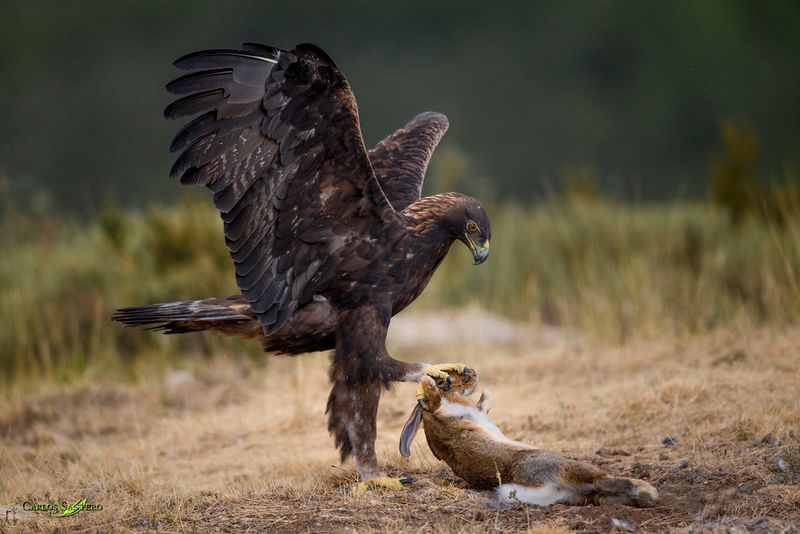
Rabbits, squirrels, and other small mammals make up a significant portion of many eagles’ diets. Golden eagles excel at hunting these creatures across open landscapes, sometimes pursuing them at speeds exceeding 120 mph.
Their hunting strategy often involves scanning terrain from high perches before initiating the chase. A single eagle family might consume hundreds of rodents annually, making them natural pest controllers in agricultural areas.
2. Birds – Feathered Targets

Eagles aren’t above hunting their own kind—feathered creatures of various sizes fall prey to these apex predators. From waterfowl to songbirds, eagles pursue avian quarry with remarkable aerial agility.
Hunting tactics include surprise attacks from above or chasing birds until exhaustion sets in. During nesting season, eagles may target bird colonies, creating easy hunting opportunities as panicked birds scatter in confusion.
3. Reptiles – Cold-Blooded Catches
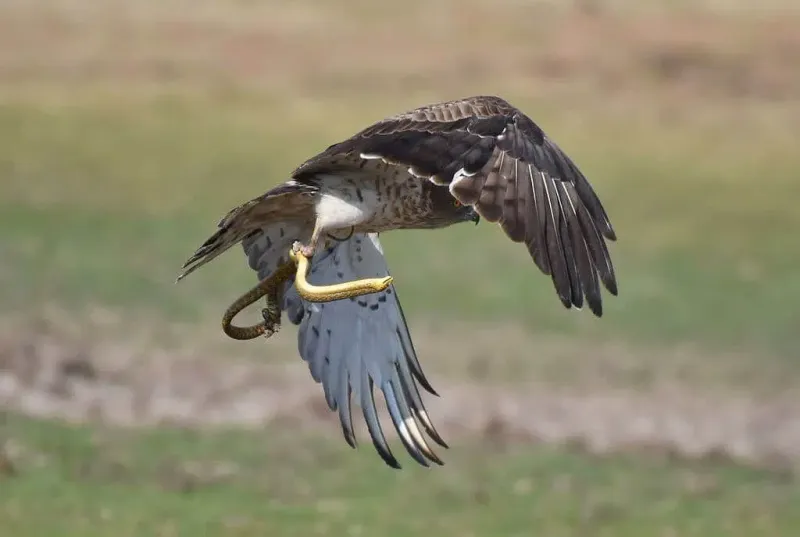
Snakes and lizards frequently end up on the eagle menu, especially in warmer regions. Snake eagles possess specialized scales on their legs that provide protection against venomous bites during hunts.
These magnificent birds can spot the subtle movements of reptiles even when they’re partially hidden in vegetation. In desert habitats, eagles have adapted to hunting during cooler morning hours when reptiles are slower due to lower body temperatures.
4. Carrion – Nature’s Leftovers

Many eagle species supplement their diet with already-dead animals they encounter. This opportunistic feeding behavior helps eagles survive during harsh winters or when hunting proves difficult.
Roadkill represents a significant food source, though this puts eagles at risk of vehicle collisions. Their powerful digestive systems contain acids strong enough to neutralize bacteria found in decomposing meat that would sicken many other animals.
5. Waterfowl – Lakeside Lunches
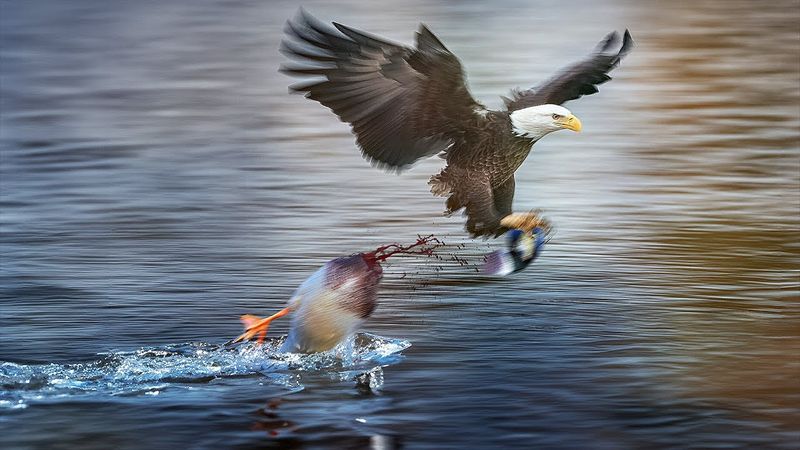
Ducks, geese, and other water birds frequently become eagle targets, especially during migration seasons when these birds gather in large numbers. Eagles exploit the predictable patterns of waterfowl, often hunting near roosting or feeding areas.
The hunting technique typically involves a swift approach, forcing the waterfowl to flee into open water where they become vulnerable. Eagles can carry prey weighing up to half their own body weight after a successful hunt.
6. Amphibians – Pond Pickings

Frogs, toads, and salamanders provide easily captured meals for eagles hunting near wetlands. These seemingly minor prey items actually form an important food source during breeding seasons when eagles need to make frequent feeding trips to nests.
African fish eagles particularly favor frogs, collecting them from shallow waters with minimal effort. Young eagles often learn hunting skills by catching these slower-moving creatures before graduating to more challenging prey.
7. Crustaceans – Shoreline Snacks

Coastal eagles readily feast on crabs, crayfish, and other hard-shelled creatures found along shorelines. Their powerful beaks easily crack through protective shells to reach the nutritious meat inside.
During low tides, eagles patrol exposed mudflats where crustaceans become temporarily vulnerable. This behavior demonstrates their adaptability to local food sources and tidal patterns, showcasing the intelligence that makes eagles such successful predators across diverse habitats.
8. Fish – The Underwater Bounty

Bald eagles particularly favor fish, swooping down with remarkable precision to snatch them from water surfaces. Their specialized foot pads, equipped with tiny spikes called spicules, help grip slippery prey effectively.
Eagles can spot fish from heights of up to one mile away, thanks to vision that’s approximately eight times sharper than human eyesight. Some eagles even steal fish from other birds, a behavior called kleptoparasitism.
9. Turtles – Shell-Protected Prizes

Eagles targeting turtles demonstrate remarkable problem-solving abilities. To overcome the protective shell, they’ll carry turtles high into the air and drop them onto rocks to crack them open.
This sophisticated hunting technique has been observed across multiple eagle species worldwide. Nesting sea turtles and their hatchlings face particular vulnerability, with some eagle species timing their breeding seasons to coincide with turtle nesting events.
10. Domestic Animals – Farmyard Forays
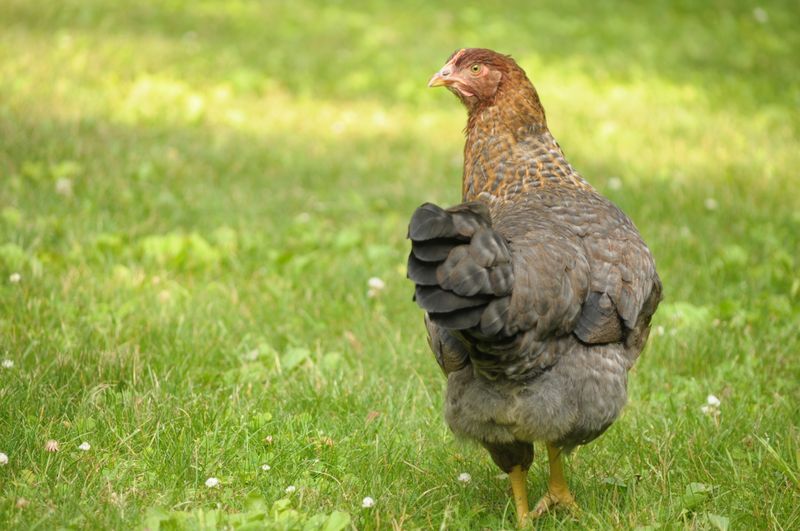
Occasionally, eagles target small domestic animals like chickens, lambs, or kittens—behavior that sometimes creates conflict with farmers. These incidents typically occur when natural prey becomes scarce or when young, inexperienced eagles are learning to hunt.
Conservation efforts now include education programs helping farmers implement protective measures rather than retaliating against eagles. Some regions provide compensation for livestock losses to eagles, recognizing the birds’ protected status.
11. Insects – Tiny But Plentiful
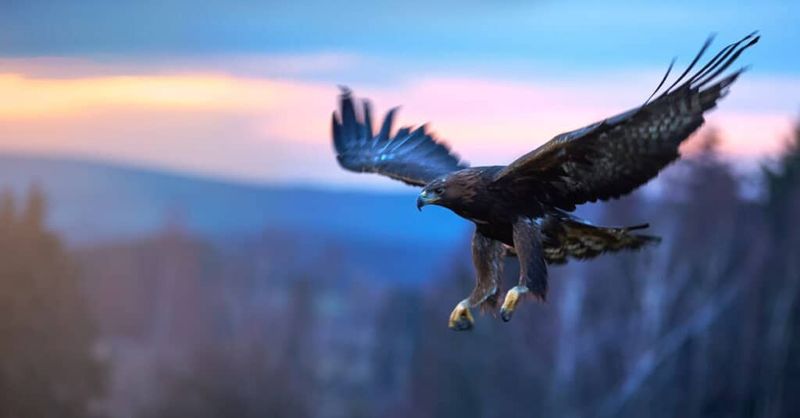
Surprisingly, even massive eagles sometimes snack on insects. Termite swarms and large beetles provide easily caught, protein-rich morsels that require minimal energy expenditure to capture.
Young eagles often practice hunting skills on these smaller targets. During certain seasons, some eagle species follow migrating insect swarms, taking advantage of these temporary food bonanzas. This adaptability to prey of varying sizes showcases the opportunistic nature of these apex predators.
12. Other Eagles – Cannibalistic Conflicts

In rare but documented cases, eagles engage in cannibalism—typically targeting eggs or nestlings from other eagle pairs. This behavior usually occurs during severe food shortages or territorial disputes.
Adult eagles fiercely defend their nests against such threats. Siblicide—where stronger eaglets kill weaker siblings—also occurs in some species, representing a natural but harsh survival strategy during food scarcity. These behaviors highlight the brutal realities of survival in the wild.
13. Monkeys – Primate Pursuits
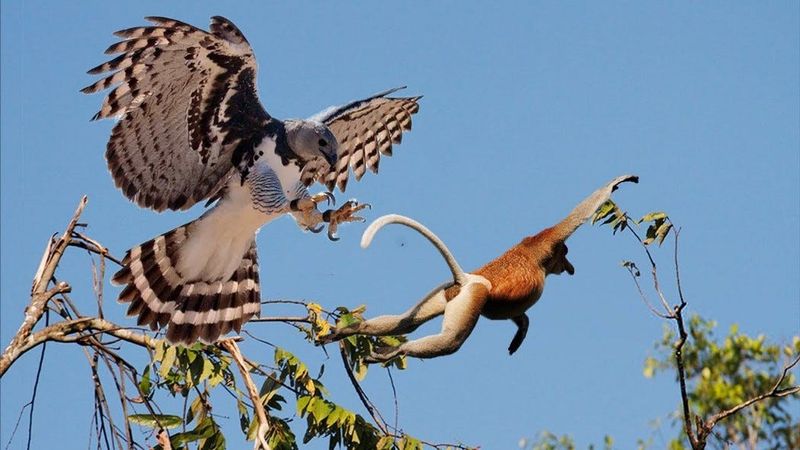
Harpy eagles of South American rainforests specialize in hunting monkeys high in the forest canopy. With a wingspan reaching seven feet and talons larger than grizzly bear claws, these forest giants silently maneuver through dense foliage to capture unsuspecting primates.
Their legs are so powerful they can exert pressure equivalent to five times the crushing strength of a human hand. Indigenous peoples sometimes call these impressive birds ‘flying wolves’ due to their hunting prowess.


